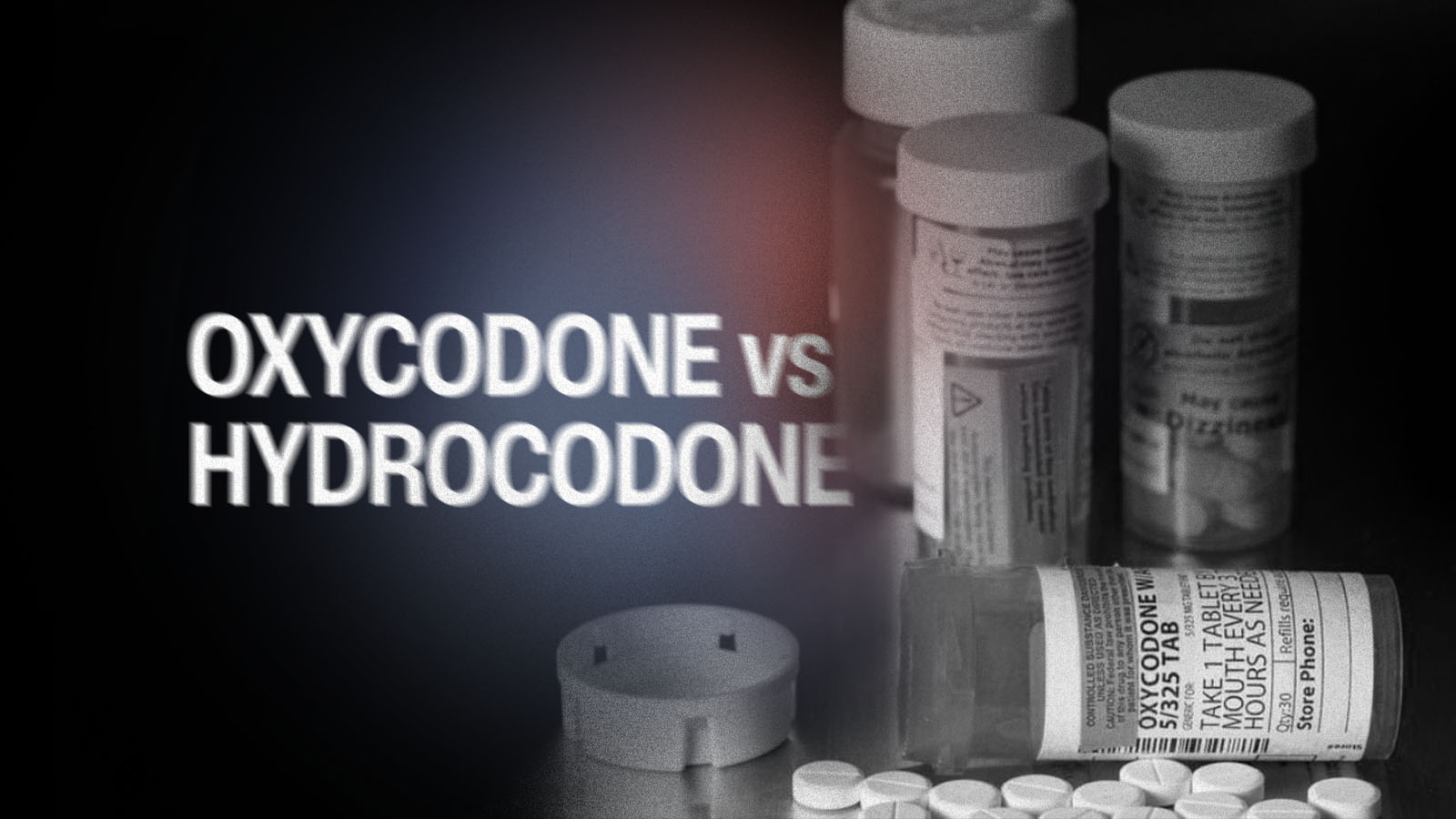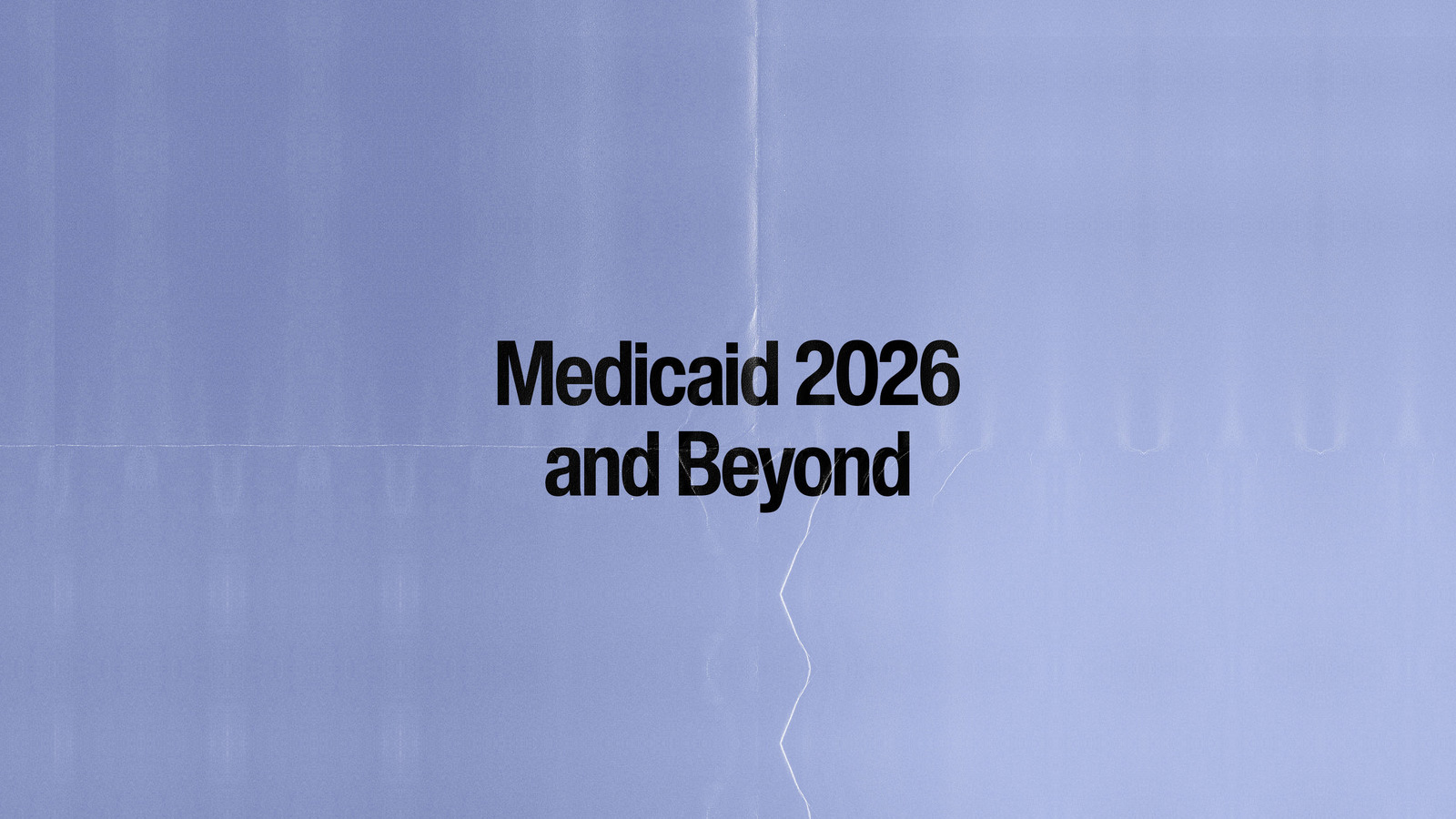As the nationwide opioid crisis grew into a full-on epidemic, two drugs gained notoriety for their role in the problem: oxycodone and hydrocodone. These two prescription opioids have been the gateway into opioid use disorder (OUD) for millions of people throughout their years of being overprescribed for pain conditions and post surgery. While the two drugs are similar in nature and use, it’s still important to know the difference between oxycodone and hydrocodone.
What are they used for?
Both oxycodone and hydrocodone are classified as Schedule II drugs under U.S. law, meaning they have medical applications but are at high risk for misuse and addiction. This classification allows the Drug Enforcement Agency (DEA) to oversee their regulation. They are most commonly prescribed by doctors to manage mild to severe pain after a treatment or procedure.
Oxycodone is commonly found under the brand name OxyContin® (the long-acting formulation), and also Percocet®, a combination drug that also contains acetaminophen, an NSAID pain reliever. Hydrocodone is most commonly sold as Vicodin®, and most forms of the drug also come mixed with acetaminophen.

How do these drugs work?
Oxycodone and hydrocodone work similarly, and their effects and side effects fall within the typical range of opioids. When a person takes either substance, the active chemicals bind with opioid receptors in the brain. This leads to feelings of euphoria and stops the nervous system from receiving pain signals from elsewhere in the body.
The drugs also cause the body to relax, leading to depressed cardiac and pulmonary function. An overdose results when this slowdown is severe enough to cause those functions to drop to dangerous levels or stop entirely.
As for side effects, users of both drugs can expect the standard side effects found with opioids. These include relaxation, drowsiness, lethargy, nausea, and light-headedness.
What’s the difference between oxycodone and hydrocodone?
The main difference between oxycodone and hydrocodone is how each is synthesized. While both are made using material from the opium poppy, oxycodone relies on a substance called thebaine, making the production process somewhat different from other opioid substances. Thebaine is also used in the production of naloxone, a drug used to reverse the depression of breathing caused by opioid overdoses.
Hydrocodone, on the other hand, is made by isolating codeine out of poppy seeds. This gives the drug slightly different uses and side effects. For example, hydrocodone can sometimes be used to suppress a cough, but, like all opioids, can cause constipation and stomach aches for some.
Why are these drugs so dangerous?
Opioids became more widely prescribed in the late 1990s, largely because of well-documented advertising campaigns by the pharmaceutical industry. And their use only escalated in the years that followed. Unfortunately, both oxycodone and hydrocodone are highly physically addictive, and their overprescription and easy availability led to widespread misuse and reliance. Their addictive potency is related to their ability to cause feelings of euphoria in people who use them. When they bind with the brain’s opioid receptors, the result is a massive increase in dopamine production.
Dopamine is naturally created in the brain and is associated with reward-motivated behavior. To your brain, it’s a reward for doing something right—most things that make you feel happy or motivated cause your brain to release similar chemical messengers. But when your brain receives a massive influx of dopamine during opioid use, it builds an association between the drug and motivation. Your brain begins seeking out large amounts of dopamine, which can only be produced by opioid use, quickly leading to reliance. Eventually, the brain becomes numb to regular doses of opioids, leading to more frequent use and larger doses taken. As the addiction gets worse, the risk of overdosing gets steadily higher.
Opioid treatment on your terms
If you or a loved one has become dependent on opioids, there are treatment options available. Medication-assisted treatment through Ophelia can help you manage cravings, lower your risk of overdose, and kick your habit. We combine a buprenorphine/naloxone protocol with virtual clinical support to help people get the care they need in the comfort and privacy of home.
Sources





